Social inclusion ensures equal opportunities for everyone, irrespective of background or abilities, to fully participate in society. It entails inclusive policies, practices, and environments, promoting access to education, employment, healthcare, and essential services without discrimination. Celebrating diversity and eliminating barriers fosters social cohesion, strengthens communities, and advances a more equitable and just world.
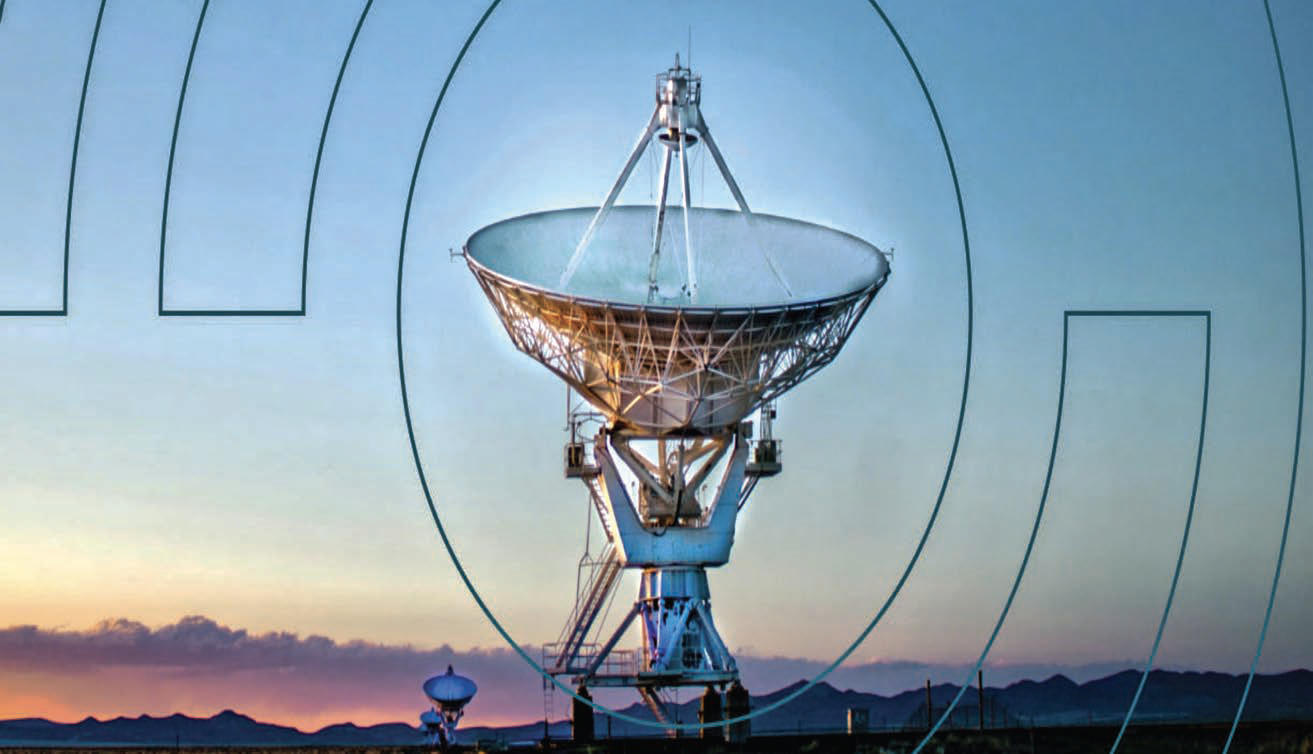
Communication is the cornerstone of social inclusion in our increasingly digital world. Satellite communication (SATCOM) stands out as the key to achieving widespread connectivity, surpassing the limitations of terrestrial alternatives. SATCOM enables seamless communication in remote, underserved, and hard- to-reach areas, ensuring that all individuals and communities can access a wide range of services and information.
At Gilat, we believe in the right of all people to be connected — the company is united in our resolution to provide communication solutions to all reaches of the world.
Global governments acknowledge that social inclusion is crucial for equity, economic growth, and development. SATCOM plays a vital role in bridging the digital divide, particularly in remote areas where traditional networks are impractical or expensive.
Numerous countries have launched satellites to address the need for social inclusion, including enhanced access to education, healthcare, and communication in such regions, with plans for more to significantly boost bandwidth capacity by 10’s of gigabytes.
The specific role that satellite communications is already playing in the global journey toward social inclusion can be demonstrated across various key parameters:
Education and
Access to
Information
Quality education and information are essential for social inclusion. However, many remote communities lack access to educational resources. Satellite communications have been transformative, providing internet connectivity to even the most isolated regions.
Satellite internet enables students to access online materials, participate in distance learning, and connect globally. This access empowers individuals and communities, fostering a more inclusive educational landscape.
Educational institutions and governments are increasingly leveraging satellite technology to deliver interactive learning experiences, virtual classrooms, and digital libraries to students who would otherwise be left behind. This connectivity also supports lifelong learning and skills development, ensuring that education is a continuous process that adapts to the evolving needs of society.
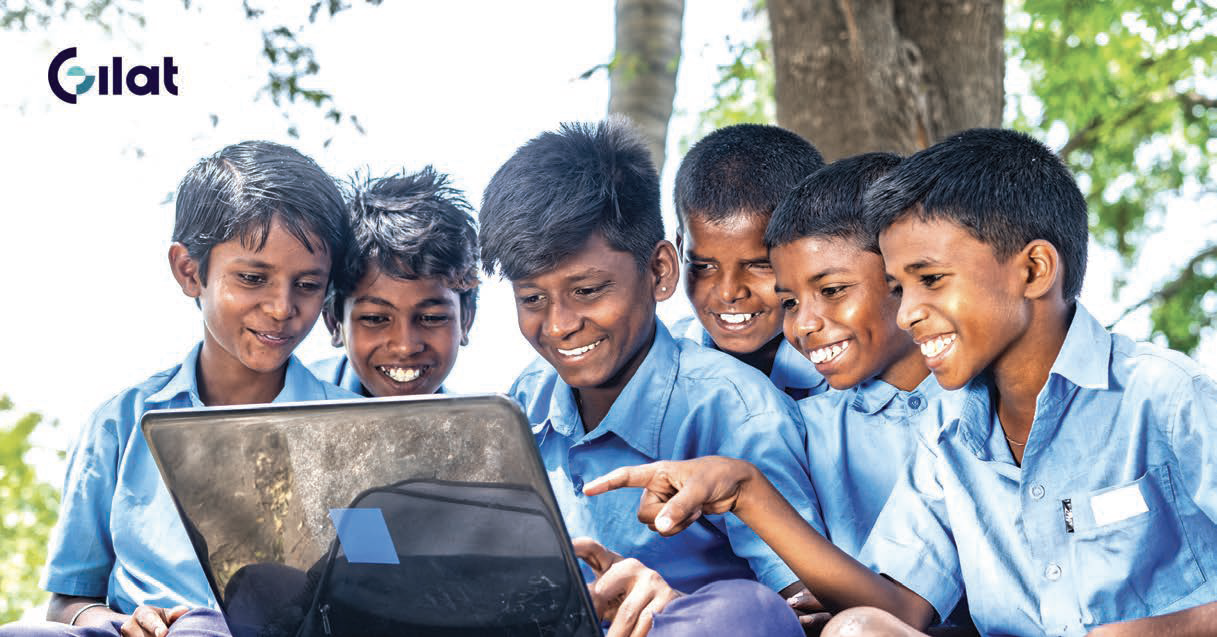
Healthcare and
Telemedicine
Access to quality healthcare is vital for social inclusion. Remote communities often struggle with geographic barriers to healthcare services. Satellite communications facilitate telemedicine, connecting patients in remote areas with urban healthcare professionals through video consultations and remote diagnosis.
This approach improves healthcare outcomes and inclusivity.
Additionally, satellite communication supports real-time medical data transmission, enabling real-time monitoring, remote surgeries, and emergency response in critical situations, such as natural disasters or areas with limited infrastructure.
Telemedicine is revolutionizing healthcare delivery by providing timely and specialized medical care to underserved populations, reducing travel costs and waiting times, and enhancing overall health outcomes.
Rural Connectivity
and Economic
Empowerment
Rural communities face limited economic opportunities due to connectivity challenges. Satellite communications offer a lifeline, providing reliable internet connectivity to these areas. This enables small businesses to expand, connect with customers, and access online marketplaces.
Farmers benefit from crucial agricultural information, weather forecasts, and market trends, making informed decisions and improving productivity. Enhanced rural connectivity through satellite communications contributes to economic empowerment, breaking the cycle of poverty and promoting social inclusion.
Entrepreneurs in rural areas can now innovate, create jobs, and contribute to the local and global economy, fostering a sense of belonging and purpose within their communities.
Disaster Response
and Resilience
Countries often face natural disasters like earthquakes, hurricanes, and floods, requiring reliable communication for rescue and aid efforts. In such emergencies, satellite communications prove crucial in areas where traditional infrastructure may be damaged.
Offering immediate, robust and resilient communication, satellite technology enhances disaster response operations, minimizing loss of life and aiding swift recovery. This capability promotes social inclusion by ensuring vulnerable communities are not isolated or underserved during crises.
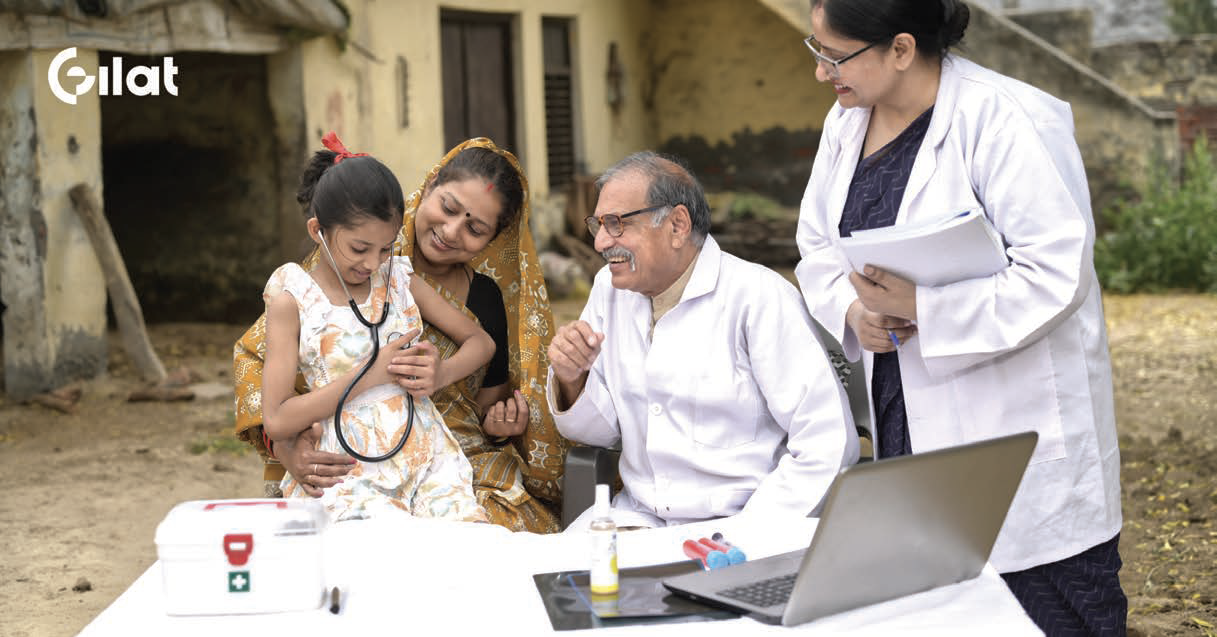
Disaster resilience is further strengthened by satellite-enabled early warning systems, which provide critical information to prepare for and mitigate the impact of natural disasters, ultimately saving lives and reducing economic losses.
This approach improves healthcare outcomes and inclusivity.
Additionally, satellite communication supports real-time medical data transmission, enabling real-time monitoring, remote surgeries, and emergency response in critical situations, such as natural disasters or areas with limited infrastructure.
Telemedicine is revolutionizing healthcare delivery by providing timely and specialized medical care to underserved populations, reducing travel costs and waiting times, and enhancing overall health outcomes.
Deorbiting Strategies +
Satellite Life Span
Rural communities face limited economic opportunities due to connectivity challenges. Satellite communications offer a lifeline, providing reliable internet connectivity to these areas. This enables small businesses to expand, connect with customers, and access online marketplaces.
Farmers benefit from crucial agricultural information, weather forecasts, and market trends, making informed decisions and improving productivity. Enhanced rural connectivity through satellite communications contributes to economic empowerment, breaking the cycle of poverty and promoting social inclusion.

Entrepreneurs in rural areas can now innovate, create jobs, and contribute to the local and global economy, fostering a sense of belonging and purpose within their communities.
Disaster Response
and Resilience
Countries often face natural disasters like earthquakes, hurricanes, and floods, requiring reliable communication for rescue and aid efforts. In such emergencies, satellite communications prove crucial in areas where traditional infrastructure may be damaged.
Offering immediate, robust and resilient communication, satellite technology enhances disaster response operations, minimizing loss of life and aiding swift recovery. This capability promotes social inclusion by ensuring vulnerable communities are not isolated or underserved during crises.
Disaster resilience is further strengthened by satellite-enabled early warning systems, which provide critical information to prepare for and mitigate the impact of natural disasters, ultimately saving lives and reducing economic losses.

Gilat’s SkyEdge IV:
A Scalable Solution for Social Inclusion
SkyEdge IV is Gilat’s next-generation multi-service platform built with our advanced Elastix-Architecture.
One of the key advantages of SkyEdge IV is its ability to efficiently manage large networks, making it an ideal choice for governments looking to provide connectivity to vast and remote areas. This scalability is made possible by the virtualized nature of the platform, which allows operators to expand their Rural Connectivity and Economic Empowerment networks and services without the need for costly hardware investments. Software-Centric Scalability: The Key to SkyEdge IV’s Success — SkyEdge IV’s software-centric approach is critical for today’s satellite communication industry as it empowers network operators to adapt to changing demands and growth patterns swiftly and cost-effectively:
Flexible Resource Allocation — SkyEdge IV’s virtualized infrastructure enables dynamic allocation of resources, optimizing bandwidth and capacity allocation based on real-time needs. This ensures efficient use of network resources.
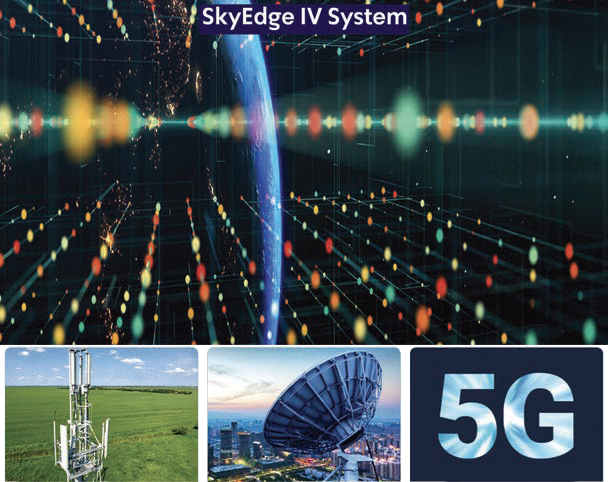
Rapid Deployment — The platform’s scalability is not hindered by physical constraints. Adding new users or expanding coverage can be achieved through simple software configurations, reducing deployment time and costs significantly.
Reduced Total Cost of Ownership (TCO) — By eliminating the need for frequent hardware upgrades, SkyEdge IV helps governments and operators keep their operational costs in check, thus maximizing the return on their satellite communication investments.
Adaptability to Emerging Technologies — In an ever-evolving technology landscape, SkyEdge IV’s software-centric architecture allows for easy integration of emerging technologies and protocols, ensuring long-term relevance and future-proofing networks.
A Connected Future For All
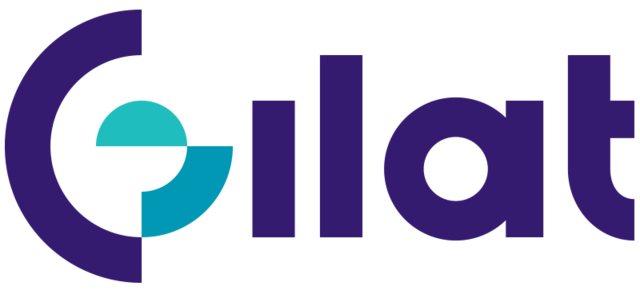
In the pursuit of social inclusion, governments worldwide are turning to satellite communications as a vital tool to bring remote and underserved communities into the digital fold. Efficient and cost-effective solutions are essential for bridging the digital divide, and satellite technology offers unparalleled reach and reliability.
As the world continues to evolve, one element remains clear: ensuring social inclusion through satellite communications is not just an aspiration... it’s an imperative.
With innovative solutions and sustained commitment, we are moving closer to a future where every individual, regardless of their location, can participate fully in the digital age. This progress brings us one step closer to a truly inclusive society, where equal access to education, healthcare, economic opportunities, and disaster resilience is a reality for all.
At Gilat, we are proud to be at the forefront of this transformative journey, dedicated to connecting the unconnected and empowering communities worldwide. Together, we can build a world where connectivity is a universal right, fostering social inclusion and equity for generations to come.
www.gilat.com

Hagay Katz
Author Hagay Katz is the Chief Product and Marketing Officer for Gilat Satellite Networks. Previously he served as Gilat’s Head of the VSAT Line of Business. In this period of time, Gilat became the world leader for LTE cellular and commercial IFC over satellite. Hagay started his career in an elite technology unit of the IDF and is the co-author of nine granted patents. Hagay holds a BSc and MSc in Electronic Engineering from Tel-Aviv University and an MBA from Monash University.




